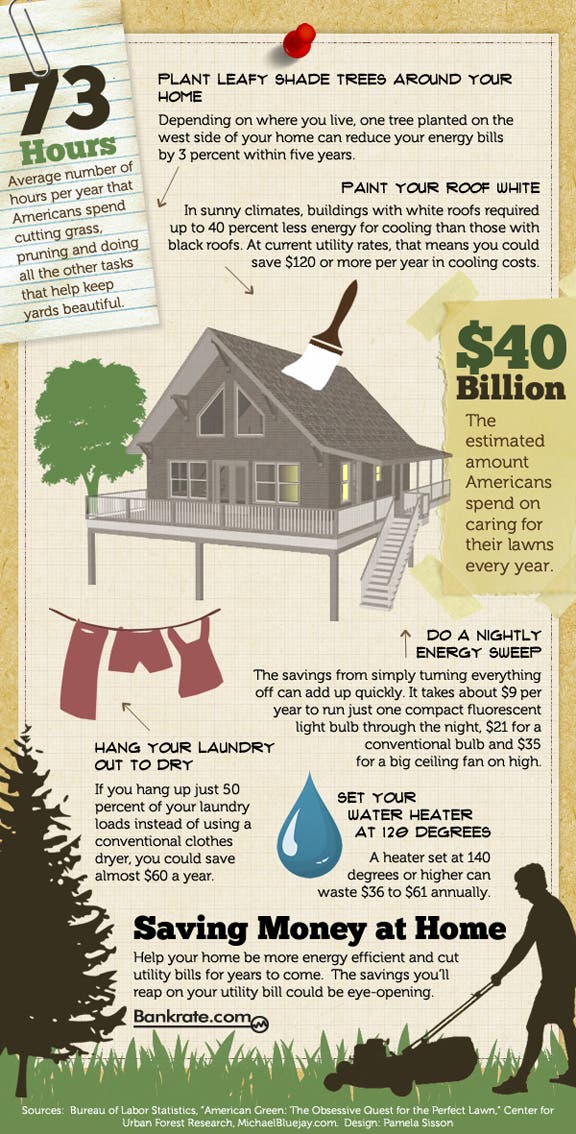Seasonal Tree Administration: Methods For Taking Care Of Trees Before And After Their Removal
Seasonal Tree Administration: Methods For Taking Care Of Trees Before And After Their Removal
Blog Article
Web Content By-
When it concerns seasonal tree treatment, making certain proper administration before and after elimination can dramatically affect the health and looks of your landscape. By comprehending the needed steps associated with analyzing tree wellness and getting ready for elimination, you can proactively guard your property. But what about When To Prune Trees to comply with when the tree is gone? Stay tuned to find the crucial post-removal care steps that will certainly aid you cultivate a successful and lasting atmosphere for your trees.
Pre-Removal Tree Treatment
Before addressing the elimination of a tree, it's essential to prioritize pre-removal tree treatment. Beginning by examining the tree's health and wellness and architectural honesty. Seek indicators of illness, pest infestations, or any structural issues that might present a safety hazard throughout elimination. It's necessary to speak with a qualified arborist to establish the most effective course of action.
Pruning dead or unhealthy branches can avoid more damage to the tree and ensure a smoother removal process.
Additionally, consider the ecological impact of removing the tree. Trees play a crucial duty in our community, so growing a brand-new tree in an ideal place can help counter any kind of loss. Make certain that you have the necessary authorizations and approvals for tree removal, specifically if the tree is shielded by local policies.
Seasonal Upkeep Tips
Examining your tree's demands throughout the year is important for its health and long life. To maintain your trees in leading condition, follow these seasonal upkeep suggestions.
In springtime, focus on trimming to eliminate dead or damaged branches and motivate brand-new growth.
Summer asks for normal watering, specifically throughout dry spells, to ensure your tree stays hydrated.
As fall approaches, keep an eye out for early indications of condition or stress, and consider using compost to safeguard the roots during wintertime.
In winter season, beware when removing snow from branches to stop damage, and remain to check your tree's general health and wellness.
Keep in mind to change your care regular based upon the certain requirements of your tree types and regional climate. By staying attentive and positive throughout the periods, you can help your trees prosper and grow for several years ahead.
Post-Removal Tree Care
To ensure the health of your landscape also after tree elimination, correct post-removal treatment is crucial. After a tree is gotten rid of, it's critical to load the continuing to be opening with topsoil and small it to prevent settling. This will certainly assist keep the integrity of the ground and prevent potential hazards in the future.
Take into consideration growing new plants in place of the removed tree to restore the equilibrium and looks of your landscape. Regularly water the location to advertise the growth of brand-new plants and prevent dirt erosion.
Inspect the surrounding trees for any type of indicators of illness or anxiety that may have been brought on by the gotten rid of tree. Watch out for parasites that could've been attracted to the previous tree and take safety nets to shield the continuing to be plants.
If needed, seek How To Trim A Birch Tree from an expert arborist to evaluate the influence of the removal on the surrounding trees and identify any type of extra treatment needed. By complying with these post-removal care steps, you can make certain the continued health and wellness and charm of your landscape.
Final thought
Finally, proactive seasonal tree treatment is important for preserving the health and wellness and balance of your landscape. By assessing tree health and wellness, pruning, and seeking advice from an arborist prior to removal, you can make sure a risk-free process. After removal, filling the hole, growing brand-new vegetation, and regular watering will advertise new growth and prevent erosion. Remember to inspect bordering trees for illness and seek more treatment steps from an arborist to keep your landscape flourishing.
